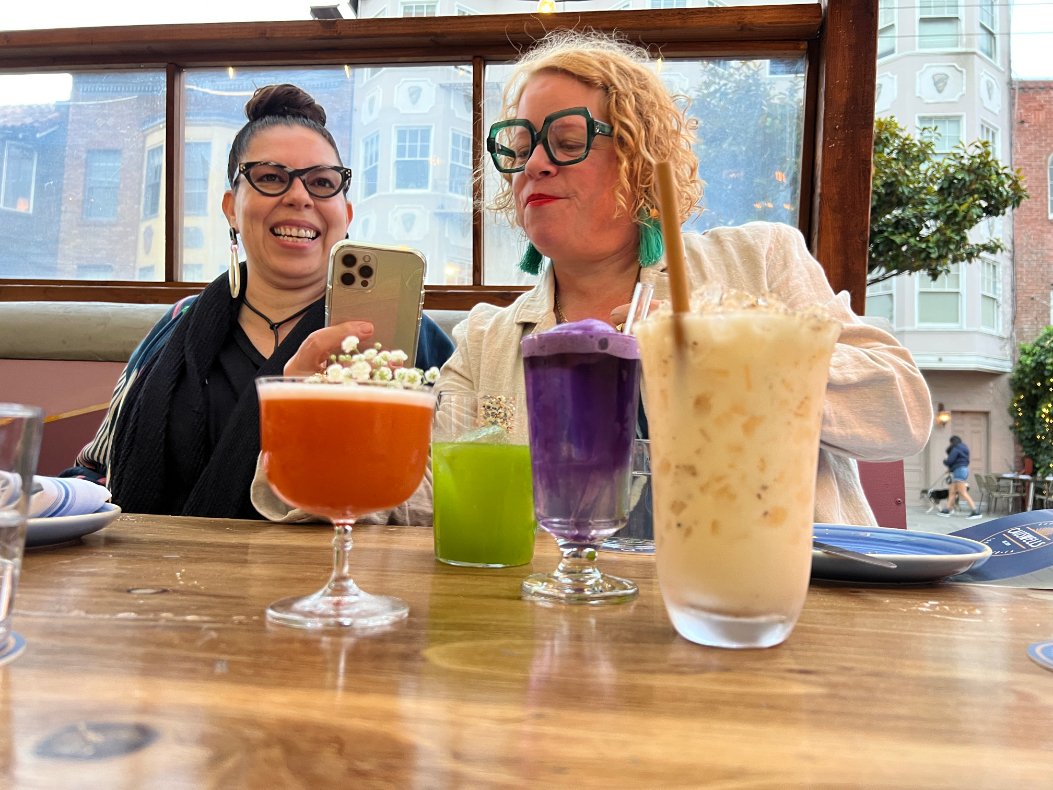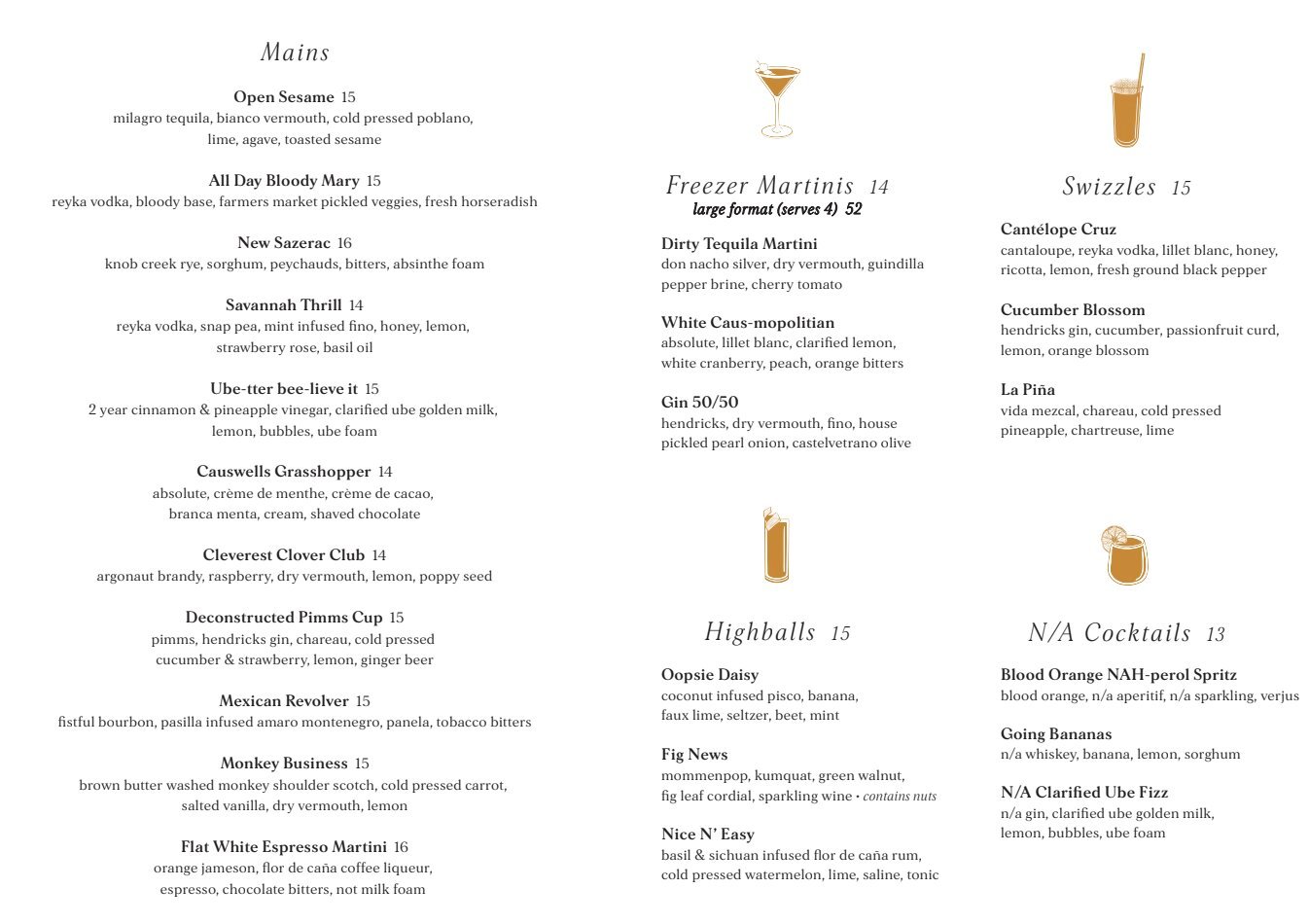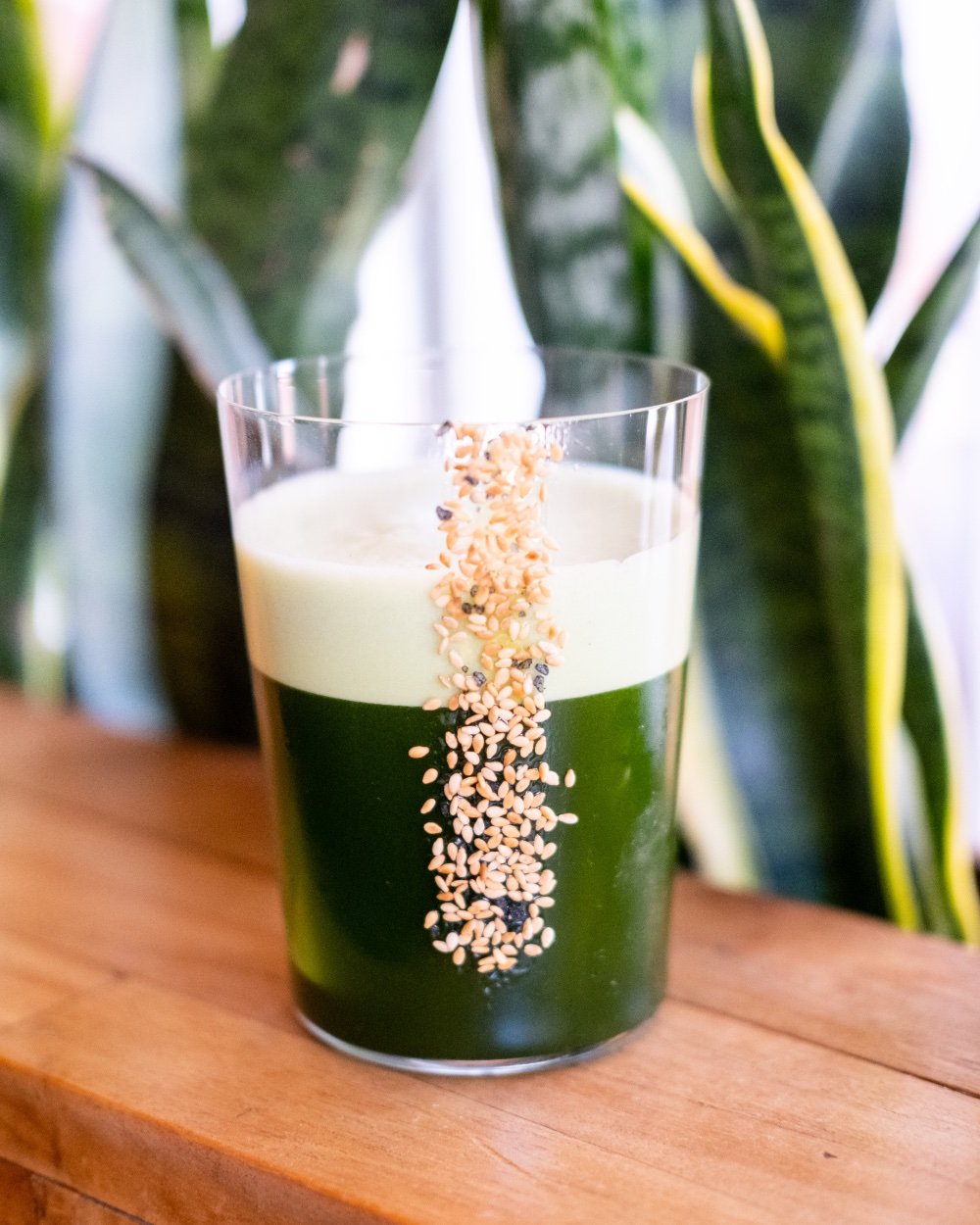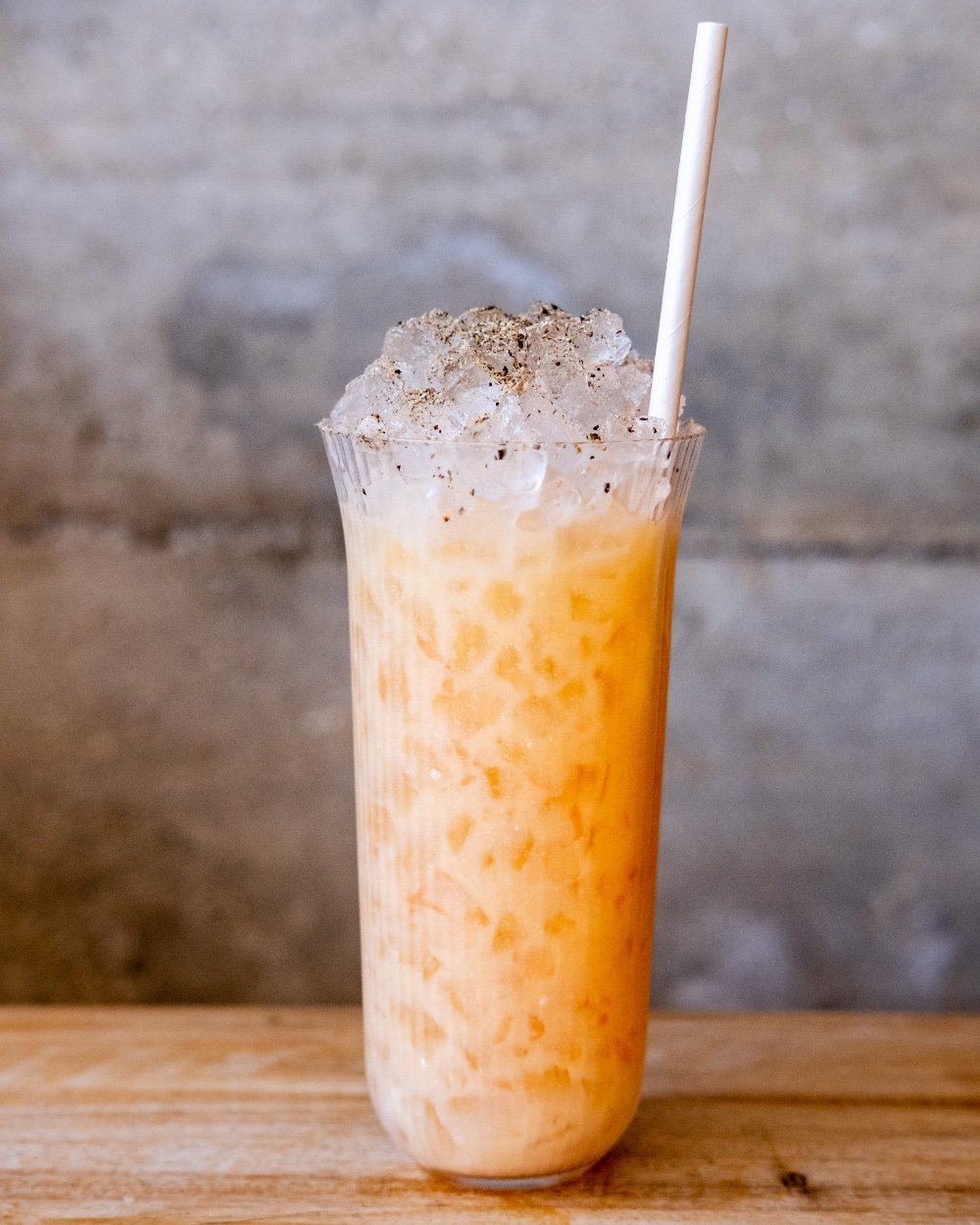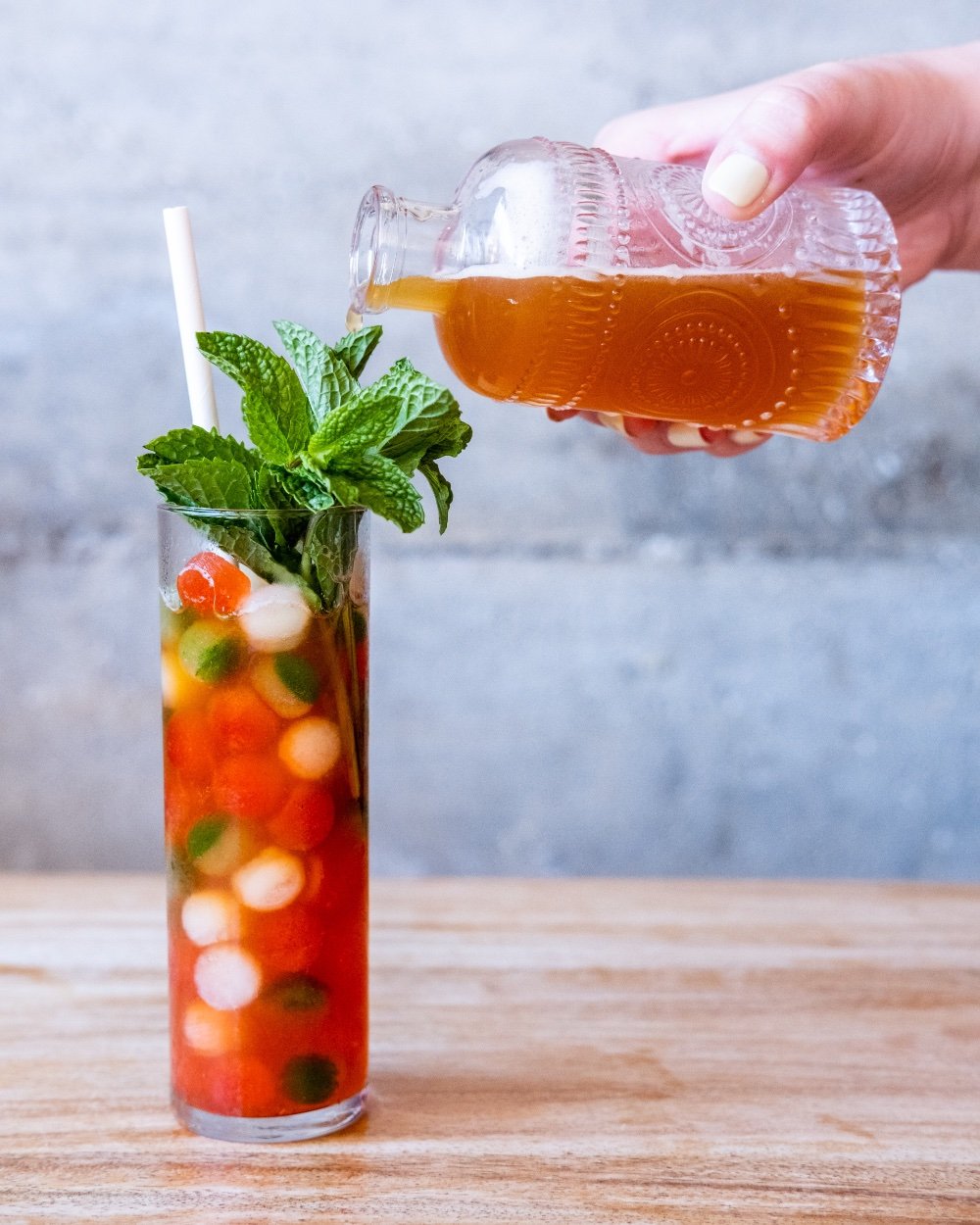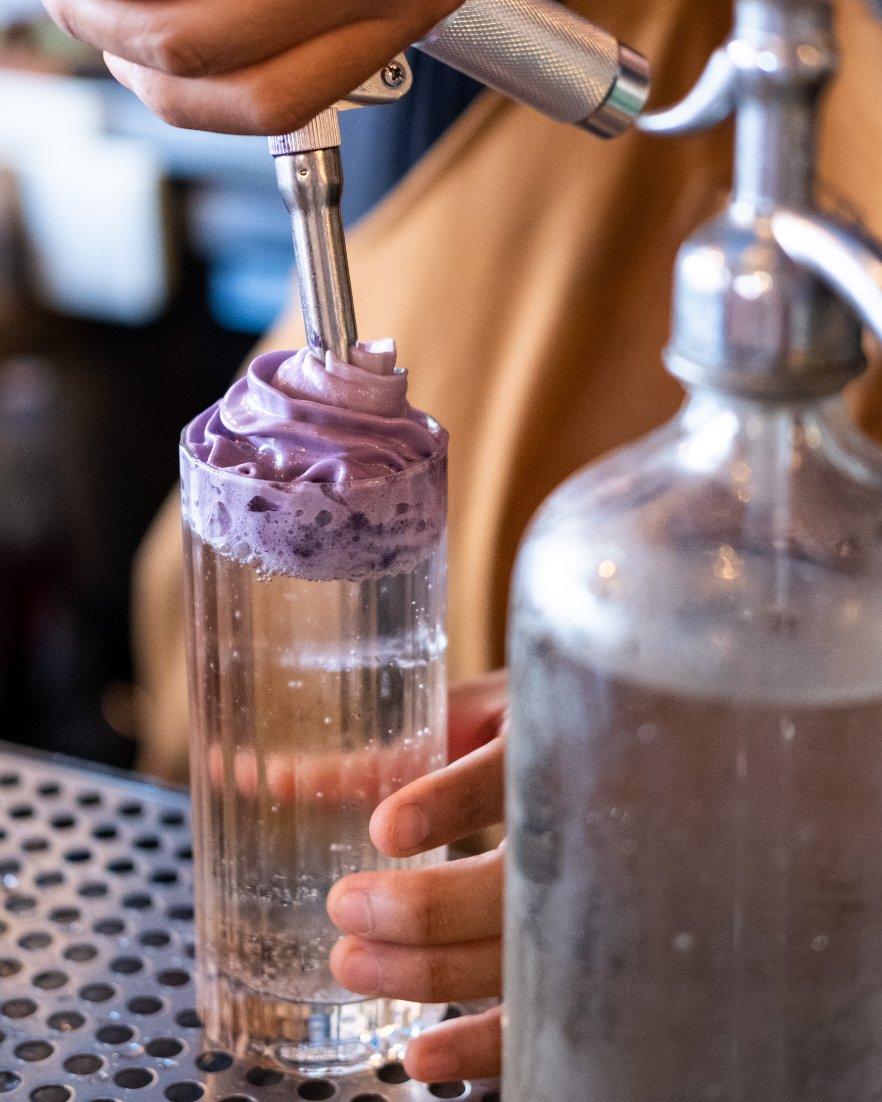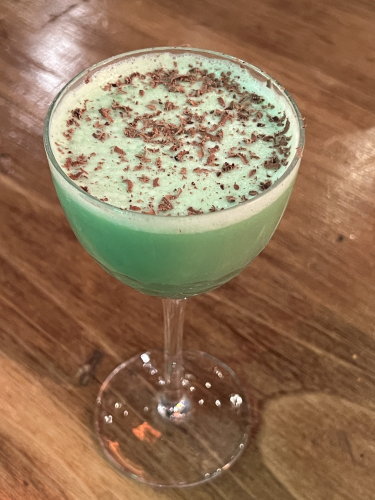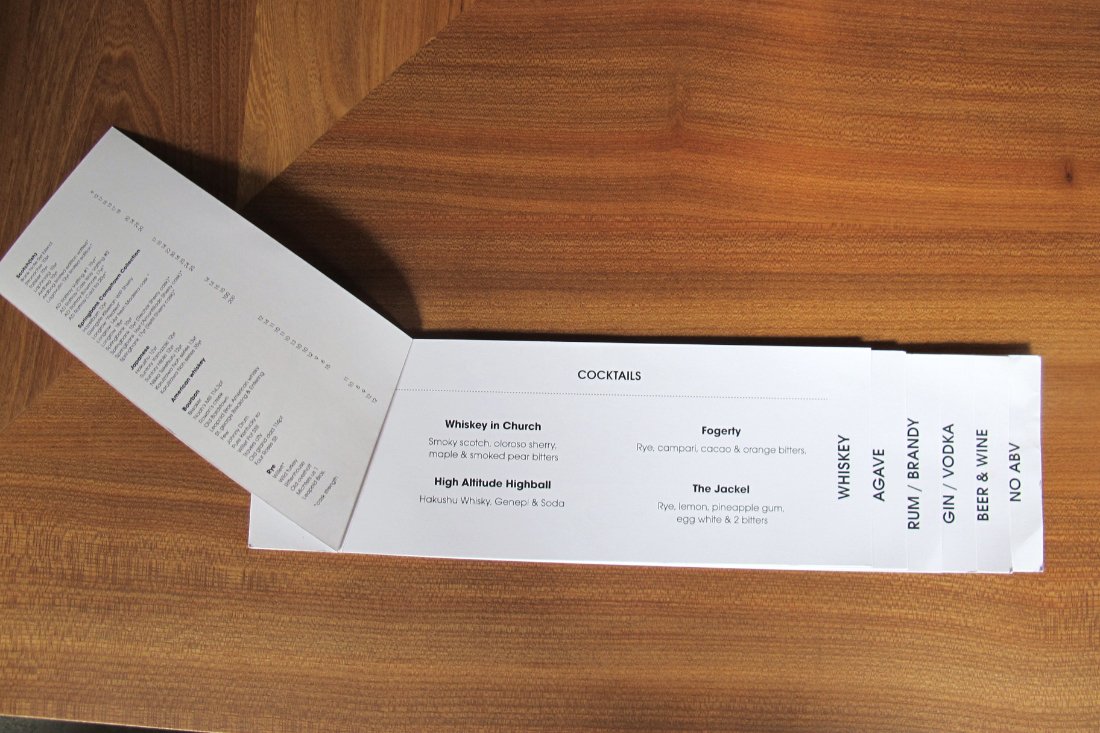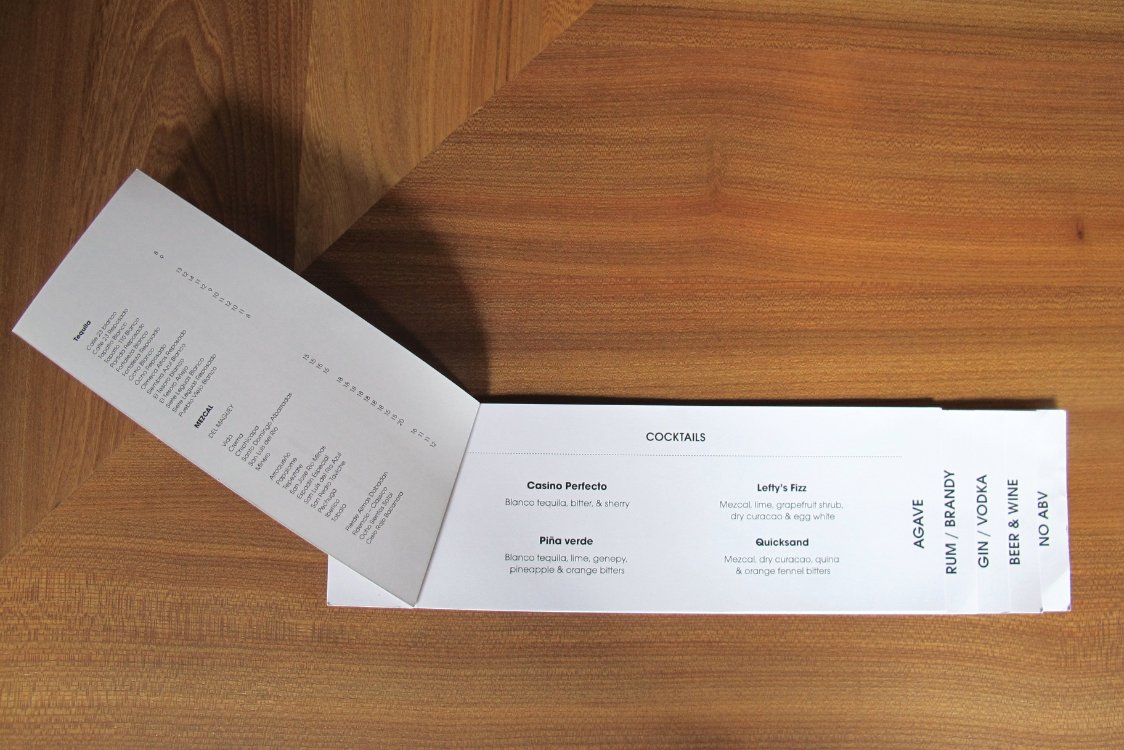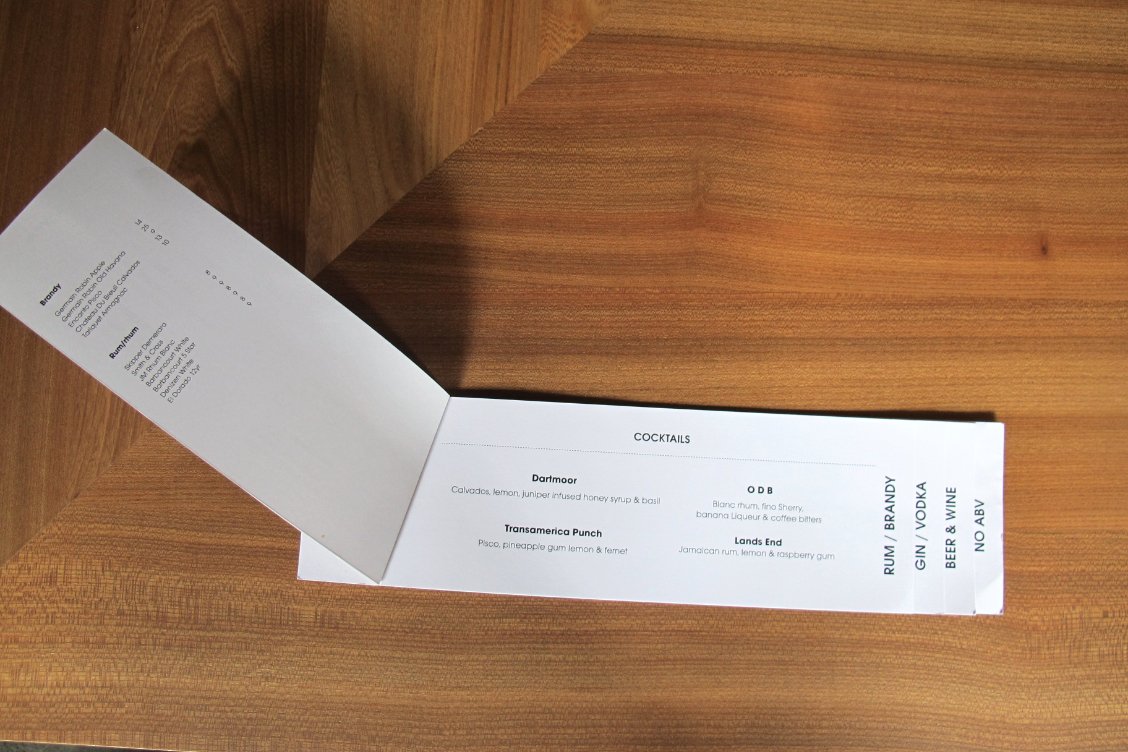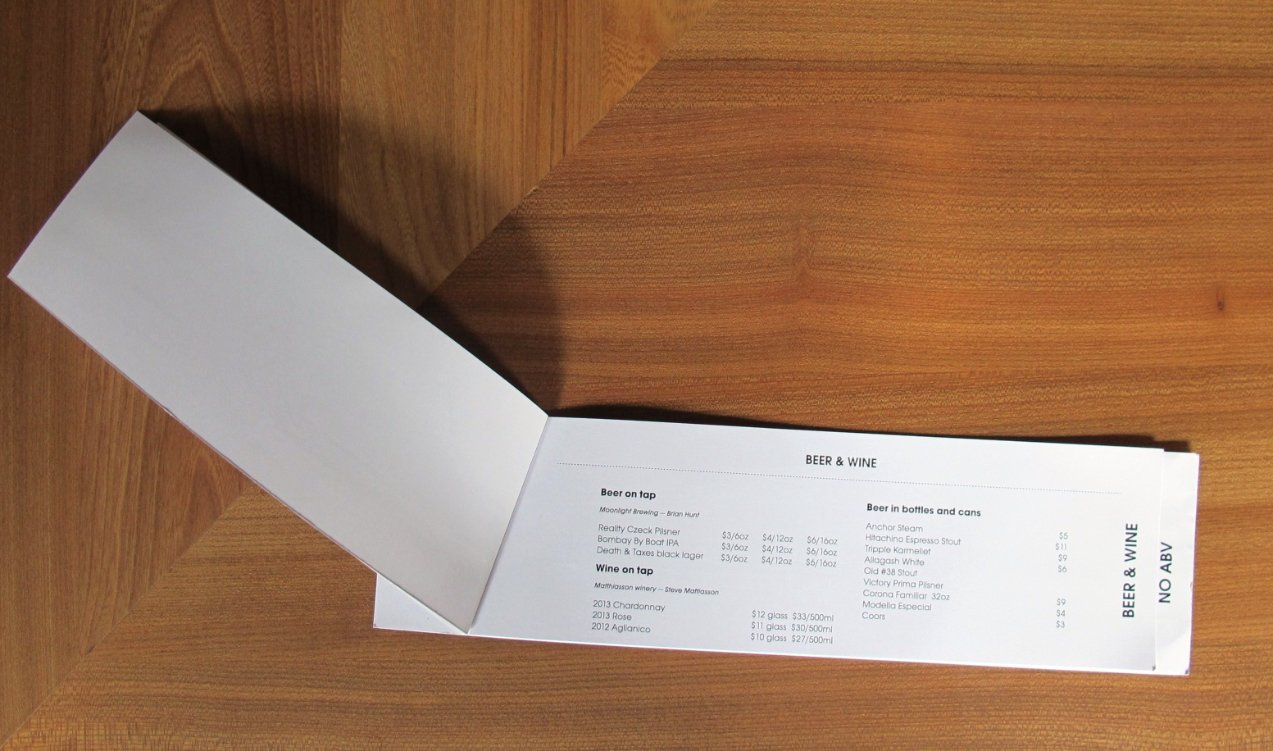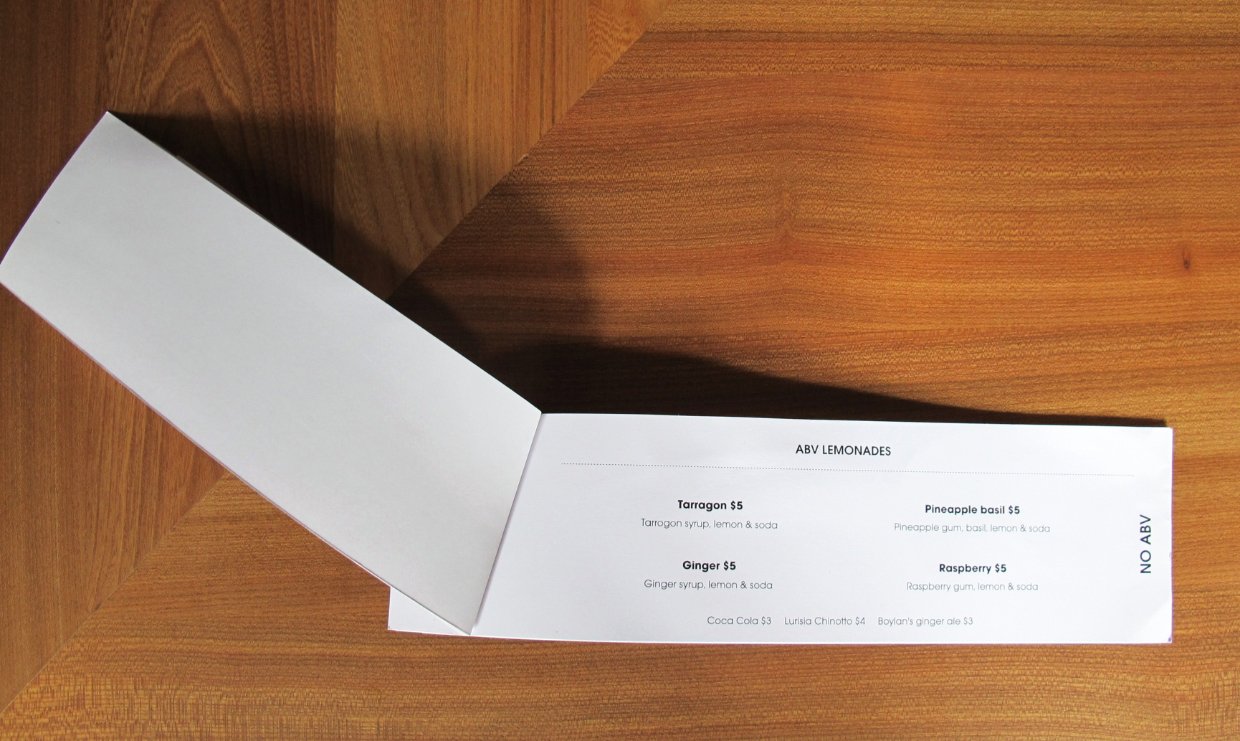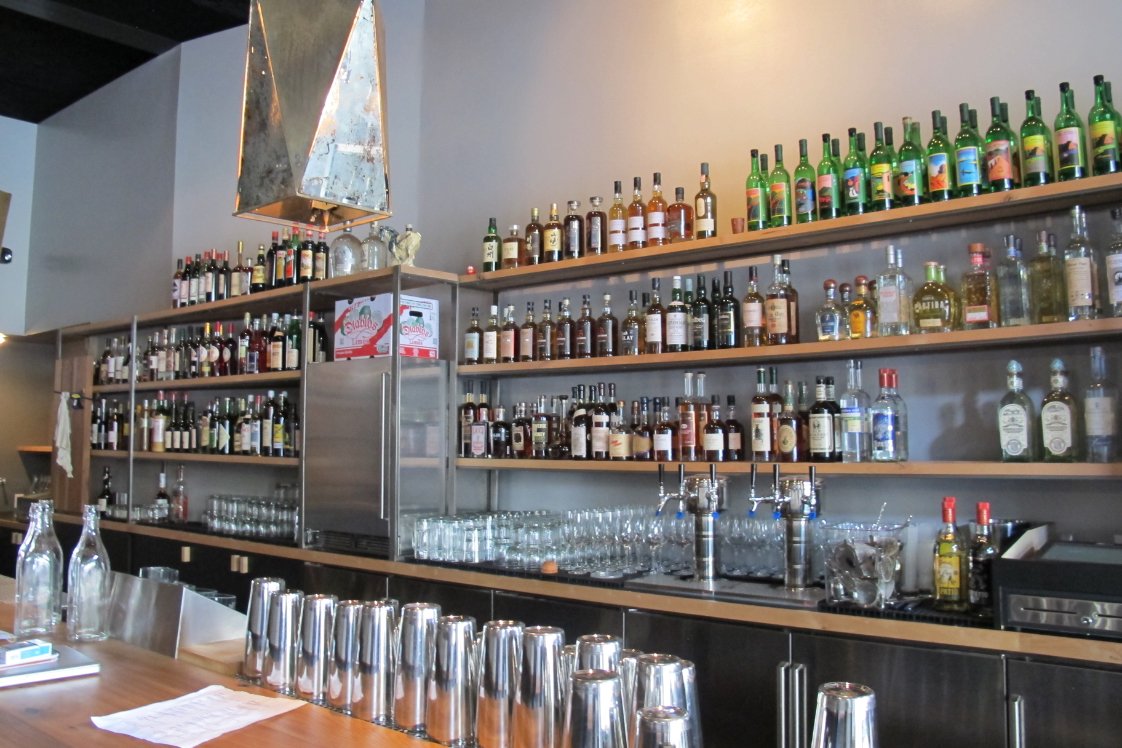This post is sponsored by PAMA pomegranate liqueur, but written by me.
Texture in Cocktails
Flavor and balance are probably the most important components of cocktail quality, but it's the temperature, texture, aroma, strength, and presentation that makes for a wel-rounded drink. I pay a lot of attention to texture in both cocktails and base spirits – for some reason it plays a major role in my enjoyment of a drink.
In cocktail contests, especially ones with a secret ingredient challenge, bartenders often come up with delicious flavor combinations, but the winning drink takes texture into account: maybe the drink should have been shaken with an egg white, or been stirred to a colder temperature?
Some Texture Descriptors for Cocktails and Spirits
- Thick, syrupy, not dilute enough
- Thin, weak, non-integrated, over-shaken
- Silky
- Light
- Bubbly, fizzy
- Tannic, astringent
- Soft, pillowy, foamy, frothy
- Slushy, viscous, chewy
- Crunchy
- Gloppy, chunky
Methods to Manipulate Cocktail Texture
Egg Whites – Probably the first thing bartenders think of when they think about texture is adding an egg white. This adds a luscious frothy surface atop a drink. This foam also brings any aromatic ingredients in the drink right up to the drinker's nose. One new favorite trick I found at Clough Club in Vancouver, where they sprinkled dehydrated Campari powder on top of an egg white foam. It was both crunchy and soft.
Rims– Rimming a drink with regular or flavored salts or sugars doesn't just add flavor to the drink, it adds texture.
Temperature – Cold drinks are more viscous than the same ones warm, but too cold is also problematic. Ever put a Martini or Manhattan in the freezer? The drink turns into a semi-frozen slurry that really detracts from the flavor. You'll also have noticed that a room temperature Sazerac often tastes too sweet. In cocktails, you're never just balancing flavor, you're balancing that flavor with temperature, and this affects texture.
Also, people who like Martinis and Manhattans shaken often say they like the floating shards of ice on the surface of the drink – could this be a texture preference rather than flavor?
Sugar – Diet Gimlets are not very tasty. This isn't just because the gin and lime juice combination will sear your mouth with too much acid, but also because sugar gives the drink a thicker texture. (I haven't tried a Gimlet with an artificial sweetener but would imagine the texture wouldn't be so great as typically you don't need as much as you do sugar.) In modern times, many drinkers are requesting their drinks be "not too sweet" but yet this affects the texture as well.
Some solutions to the problems of getting correct sweetness and texture balances may be found in different sugar syrups. As I discussed at my seminar at Tales of the Cocktail and learned from Darcy O'Neill's chapter in the first Journal of the American Cocktail, unheated simple syrup is thicker and less sweet than boiled simple syrup. Thus, controlling ratios of sucrose/glucose/fructose in syrups allows greater control over texture and sweetness. I hope to put up a more in-depth blog post from recent lessons learned about this subject also.
Let's also not forget extra-thick sweeteners, like honey and gum arabic can add texture to drinks, while high-sweet sweeteners like agave nectar may reduce it.
Dairy – Milk and cream are thicker than water, and citrus, and spirits.
Thickeners: Pectin/Gelatin – I haven't studied this topic too much, but gelatin and fruit pectin are just two of many thickening substances that can be added to both food and cocktails to add texture. We all know about the texture of Jell-O shots and jam, and these can help to thicken drinks. Or if you make flavored syrups from high-pectin fruits, these are thicker than regular simple syrup.
Tannins – Most associated with wines, tannins are also found in teas, nuts, and in barrel-aged spirits. Also, pomegranate.
Pineapple– Pineapple makes drinks foamy/frothy. I'm not sure why that is and/or if you can use that property to make a vegan froth substitute in place of egg whites that doesn't necessarily taste like pineapple froth (that has its own distinct aroma). Has anyone played with this?
Ice – Stick a drink in a blender and it changes pretty significantly. Not only does the texture change but also the sweet/sour ratio. Blending is one way to create small ice chunks in a drink, but you can also used crushed ice, shaved ice; or to reduce thickness, big ice or no ice at all. Plus, some people like to chew on the ice for a satisfying crunch.
Glassware – While glassware doesn't affect the texture in a cocktail, it sure does affect the presentation and enjoyment of it. Blended drinks are served in large glasses (as there is all that extra ice), mint julep glasses are metal to add a cooling surface temperature and frosty coating to the outside of the glass, and you wouldn't want to serve a stirred Manhattan in a big margarita glass as it would warm up way too fast with a large surface area exposed to the outside. (But if you were drinking it in the Arctic, perhaps that would be a good idea…)
Bubbles – Clearly, bubbles change the texture of the drink and tickle the tongue. From using sparkling wine, sodas, and other sparkling mixers to carbonating cocktails, there are plenty of ways to add fizz to drinks.
What have I missed?
PAMA suggested the topic of this blog post, so let's hear their word on it.
"The quality that makes PAMA unique is its texture, which helps to offset the lower alcohol content. PAMA gives drinks a silky finish and makes the drink feel more substantial."
50/50 PROPOSITION
Glass: Snifter
Garnish: Dash Orange Bitters
Ingredients:1 1/2 oz. PAMA Pomegranate Liqueur
1 1/2 oz. Cognac
Method:Combine all ingredients in a chilled mixing glass. Add ice and stir for 40 seconds. Strain into chilled snifter set with 1 large ice cube.
Eben Freeman's Notes: PAMA's tannic structure allows it to work as a primary spirit, where it balances the strength of the Cognac. It is so well balanced between sweet and tart that it can even work as a primary spirit such as in this cocktail, where it balances the strength of its partner spirit, making it a fully-fledged cocktail with just the addition of a dash of bitters.
PAMA has a website specifically written for bartenders, with information from Eben Freeman throughout. Check it out at PAMAPros.com.
